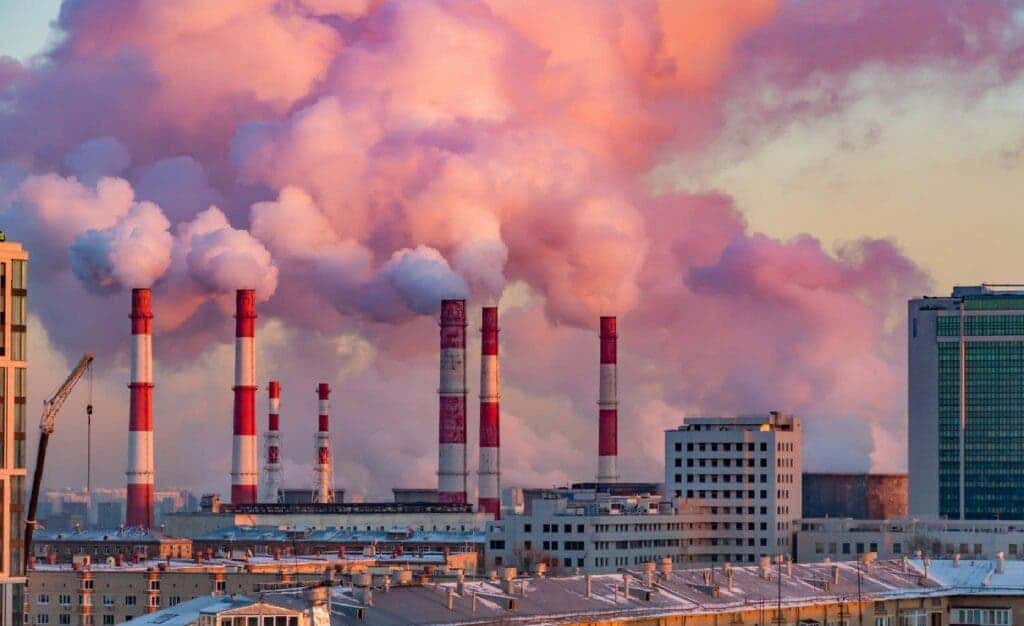From fossil fuel production to extensive agriculture, human activities are increasing atmospheric carbon dioxide concentrations to levels unprecedented in history. The global average amount of carbon dioxide hit a new record high in 2019, with 414 parts per million (ppm).

This is causing a wide array of consequences, including alterations to our basic decision-making ability and complex strategic thinking, according to a new study, which warned people could be exposed to indoor CO2 levels up to 1400 parts per million by the end of the century.
“It’s amazing how high CO2 levels get in enclosed spaces,” said in a statement Kris Karnauskas, lead-author. “It affects everybody — from little kids packed into classrooms to scientists, business people and decision makers to regular folks in their houses and apartments.”
When we breathe air with high CO2 levels, the CO2 levels in our blood rise, reducing the amount of oxygen that reaches our brains. This can increase sleepiness, anxiety, and impair cognitive function, previous studies showed. Building ventilation can help but not always if there are too many people.
In general, CO2 concentrations are higher indoors than outdoors, the authors wrote. And outdoor CO2 in urban areas is higher than in pristine locations. The CO2 concentrations in buildings are a result of both the gas that is otherwise in equilibrium with outdoor conditions, as well as the CO2 generated by building occupants as they exhale.
In the ongoing scenario — in which people on Earth do not reduce greenhouse gas emissions — the Intergovernmental Panel on Climate Change (IPCC) predicts outdoor CO2 levels could rise to 930 ppm by 2100. Urban areas typically have around 100 ppm higher CO2 levels than this background value.
The researchers created an approach that considers predicted future outdoor CO2 concentrations and the impact of localized urban emission. They found that if the outdoor CO2 concentrations do rise to 930 ppm, that would nudge the indoor concentrations to a harmful level of 1400 ppm.
“At this level, some studies have demonstrated compelling evidence for significant cognitive impairment,” said Anna Schapiro, coauthor. “Though the literature contains some conflicting findings, it appears that high level cognitive domains like decision-making and planning are especially susceptible to increasing CO2 concentrations.”
The study found that CO2 concentrations may cut our basic decision-making ability by 25% and complex strategic thinking by around 50% in a 1400 ppm scenario. The cognitive impacts of rising CO2 levels represent what scientists call a “direct” effect of the gas’ concentration, much like ocean acidification.
There may be ways to adapt to higher indoor CO2 levels, the researchers argued. Nevertheless, the best way to prevent levels from reaching harmful levels is to reduce fossil fuel emissions. This would require further climate action, as stipulated in the Paris Agreement.
The study was published in the journal Advancing Earth and Space Science.






